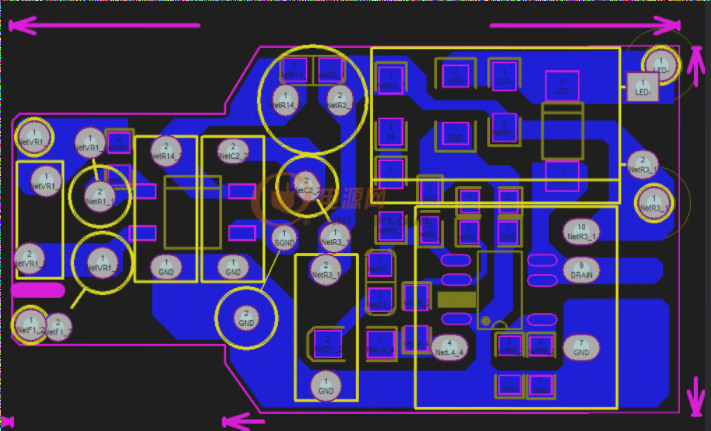High-Speed Embedded Resistor Technology: Advancing PCB Design
In the fast-paced world of technology, electronic devices are constantly evolving to be more compact, lightweight, and versatile. To meet these demands, printed circuit boards (PCBs) play a crucial role in accommodating the need for miniaturization and increased density. Traditionally, surface-mounted resistors have been a common sight on PCBs, taking up valuable space. However, with the emergence of modern high-speed transceiver devices, a new solution has emerged – embedded resistor technology.
By integrating resistors directly into the PCB, space is saved, and the reliability of PCB assemblies is enhanced. This innovative approach reduces component placement and solder joints, making it ideal for the growing number of passive components in today’s integrated circuits. Embedded resistor technology not only improves electrical performance but also optimizes board space, leading to more efficient designs and cost-effective assembly processes.
Types of Embedded Resistor Technologies
Embedded resistors come in various forms, with two common approaches:
- Surface-Mounted Embedded Resistors: Mounted within the PCB using Surface Mount Technology (SMT) during the lamination process.
- Etched Embedded Resistors: Resistive materials are printed and etched to create resistor patterns within the PCB layers, integrating them seamlessly into the circuit.
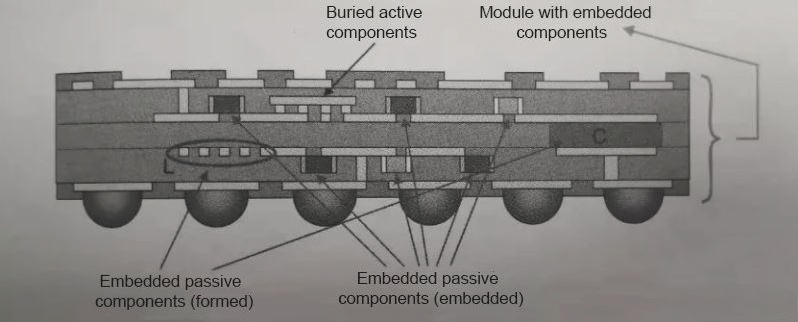
Advantages of Embedded Resistors
Embedded resistors offer several benefits over traditional surface-mounted resistors:
- Enhanced Impedance Matching: Improves signal integrity by optimizing impedance characteristics.
- Shorter Signal Pathways: Reduces signal transmission lengths, minimizing parasitic inductance.
- Streamlined Manufacturing: Eliminates the need for surface-mounted resistors, simplifying the manufacturing process.
- Reduced Interference: Mitigates signal crosstalk and electromagnetic interference by optimizing component placement.
- Increased Component Density: Frees up board space for more active components, enhancing overall component density.
Manufacturing Process for High-Speed Embedded Resistor PCBs
Creating high-speed PCBs with embedded resistors, especially on 8-layer boards with high-speed materials, involves integrating resistors into the inner layers. Panasonic’s high-performance materials are commonly used in this process. One key challenge is safeguarding the embedded resistors during lamination, requiring meticulous preparation, including precise resistance measurement and via pre-drilling.

Figure 1
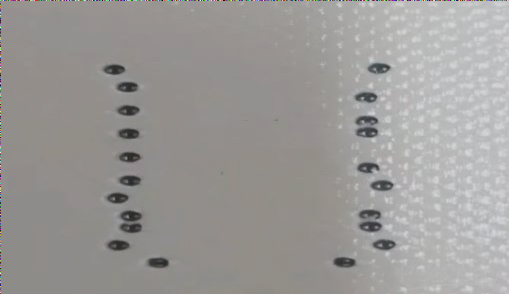
Figure 2
The Importance of Proper Lamination Process in PCB Assembly
Ensuring that resistors remain aligned and undamaged is a critical challenge during the lamination process in PCB assembly. Steps such as pre-drilling and aligning layers are essential to prevent issues like layer shifts, sliding, and resistance failure, ultimately maintaining the integrity and functionality of the final PCB assembly.
Key Considerations for the Lamination Process
- Layer Preparation: Precisely measuring the resistance layer’s resistance value and creating pre-drilled holes in corresponding layers for filling material alignment.
- Alignment and Lamination: Maintaining alignment during lamination to avoid resistor misalignment or damage. Careful selection of high-speed materials to prevent degradation under heat and pressure.
- Resin Plugging: Adjusting resin plug heights when filling holes or vias to ensure board flatness, meeting customer requirements.
- Hole and Slot Integrity: Precise control of small-aperture metal half-holes and features to prevent misalignment, copper exposure, or short-circuits.
- Drilling Depth Control: Preventing excessive drilling depth to avoid damage to underlying layers during via or hole drilling.
Enhancing PCB Performance with Embedded Resistors
As the electronics industry evolves, the demand for smaller, lighter, and more reliable products grows. Embedded passive component technologies like resistors offer a competitive edge to PCB manufacturers. Innovations in embedded resistor solutions can significantly enhance PCB performance and reduce costs, addressing market demands and competition effectively.
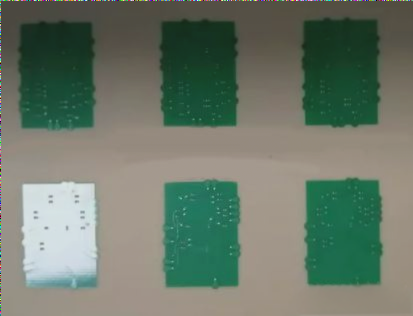
Figure 3
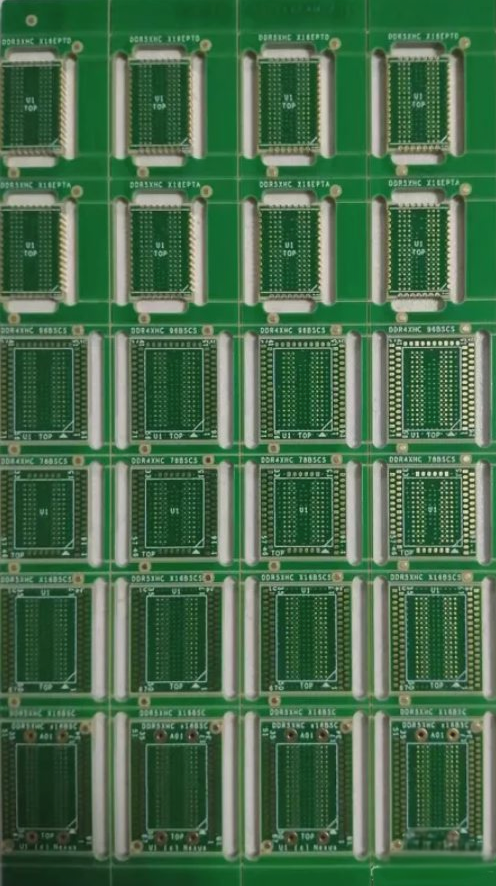
Figure 4
If you have any inquiries about PCB and PCBA, please don’t hesitate to reach out to us at info@wellcircuits.com.




